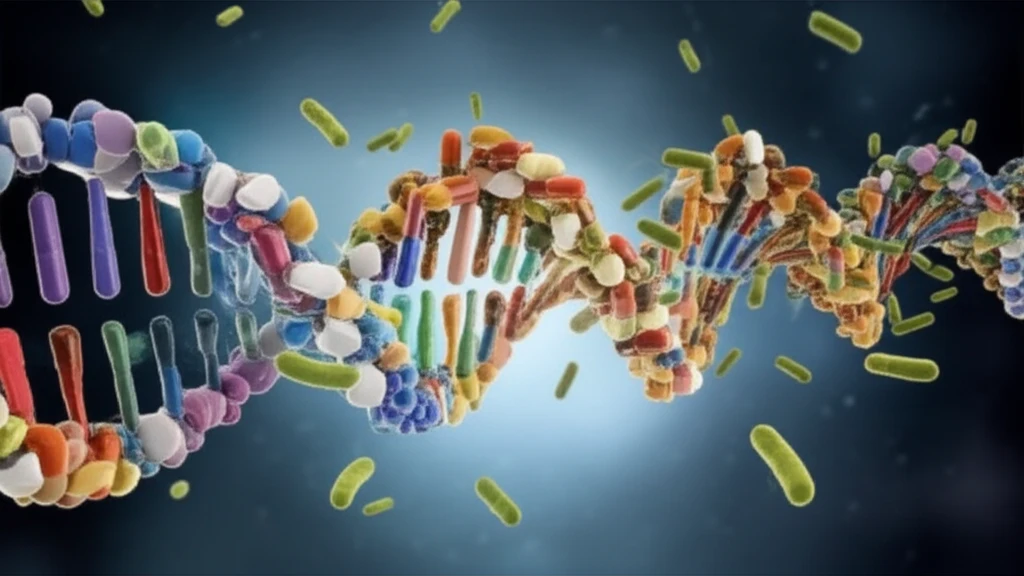
Unmasking MRSA: How Gene Typing Can Stop Antibiotic-Resistant Superbugs
"Decoding the DNA of deadly bacteria to fight antibiotic resistance and protect public health."
In the ongoing battle against infectious diseases, antibiotic resistance is a formidable foe. Among the most concerning antibiotic-resistant bacteria is methicillin-resistant Staphylococcus aureus, better known as MRSA. This bacterium, a strain of common staph bacteria, has developed resistance to several antibiotics, making infections difficult to treat. Understanding MRSA and how it spreads is essential for protecting public health.
Traditional methods of identifying and tracking bacteria are often limited in their ability to provide detailed information about the specific characteristics of different strains. This is where molecular typing techniques come in. By analyzing the genetic material of bacteria, scientists can gain valuable insights into their origins, transmission patterns, and resistance mechanisms.
This article explores how a specific molecular typing method, PCR-RFLP (polymerase chain reaction-restriction fragment length polymorphism), is used to study MRSA. It explains how this technique helps researchers understand the prevalence and genetic diversity of MRSA, ultimately contributing to better strategies for preventing and controlling infections.
Decoding MRSA: Why Gene Typing Matters

Researchers in Rasht, Iran, conducted a study to investigate antibiotic resistance and the presence of specific genes in Staphylococcus aureus isolates. They focused on two genes in particular: mecA, which is associated with methicillin resistance, and pvl, which encodes a toxin called Panton-Valentine leukocidin. The pvl toxin is a virulence factor, meaning it increases the severity of infections caused by the bacteria.
- Prevalence: Out of 250 clinical samples, 50 were identified as S. aureus, and 68% of these were methicillin-resistant (MRSA).
- Gene Frequency: The mecA gene was found in 60% of the S. aureus isolates, while the pvl gene was present in 20%.
- Typing Results: PCR-RFLP analysis of the coa and spa genes revealed distinct patterns, indicating genetic diversity among the S. aureus isolates. The PCR of coa gene showed three patterns whereas that of spa gene showed two patterns for enzyme digestion. Result of PCR-RFLP using HaeIII enzymes for coa gene and Bsp1431 for spa gene showed three patterns for enzyme digestion.
The Future of Fighting Superbugs: Gene Typing as a Key Weapon
The increasing resistance of bacteria to antibiotics is a major threat to global health. MRSA is just one example of a superbug that poses a significant challenge to healthcare systems. Understanding the genetic makeup of these bacteria is crucial for developing effective strategies to combat them.
Molecular typing methods like PCR-RFLP provide valuable tools for tracking the spread of antibiotic resistance, identifying high-risk strains, and implementing targeted infection control measures. By analyzing the coa and spa genes, scientists can gain insights into the genetic diversity of S. aureus and understand how different strains evolve and spread.
Further research is needed to explore the complex interactions between bacterial genetics, antibiotic resistance, and virulence. However, by harnessing the power of molecular typing, we can gain a better understanding of these deadly bacteria and develop more effective strategies for protecting public health. The result of PCR of pvl showed high frequency of this gene in this region, and coa and spa typing by PCR-RFLP was a useful tool for typing of S. aureus isolates.
